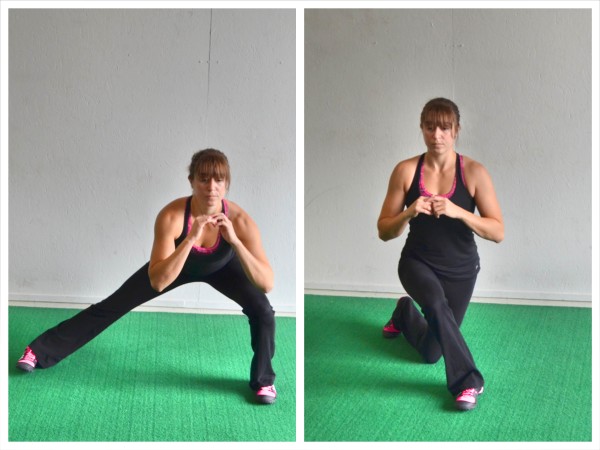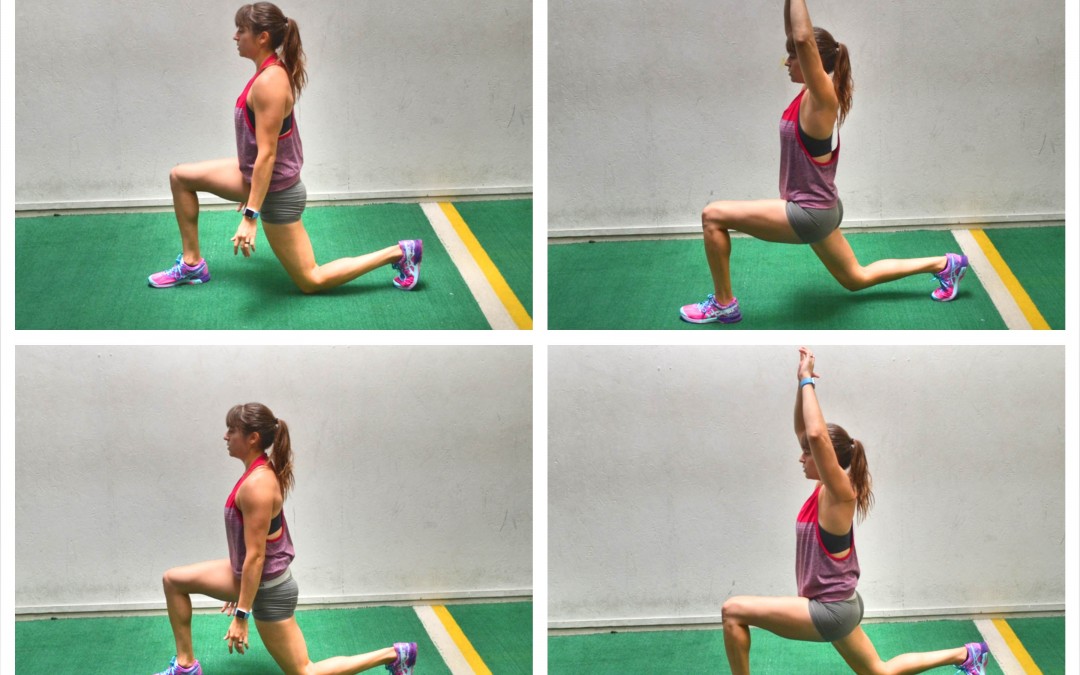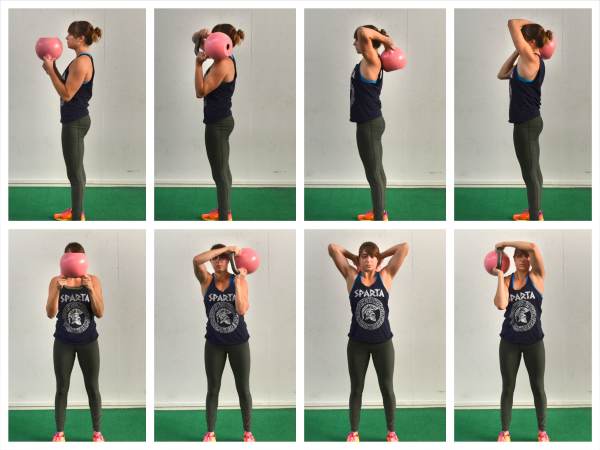


The Broken Tabata Workout
This content is for members only
The Jack It Up Cardio Circuit
This content is for members only
The Improve Your Shoulder Stability Workout
This content is for members only
